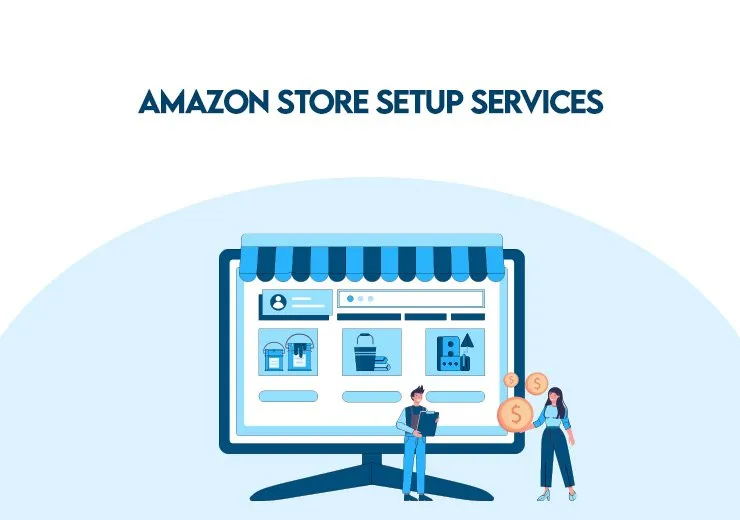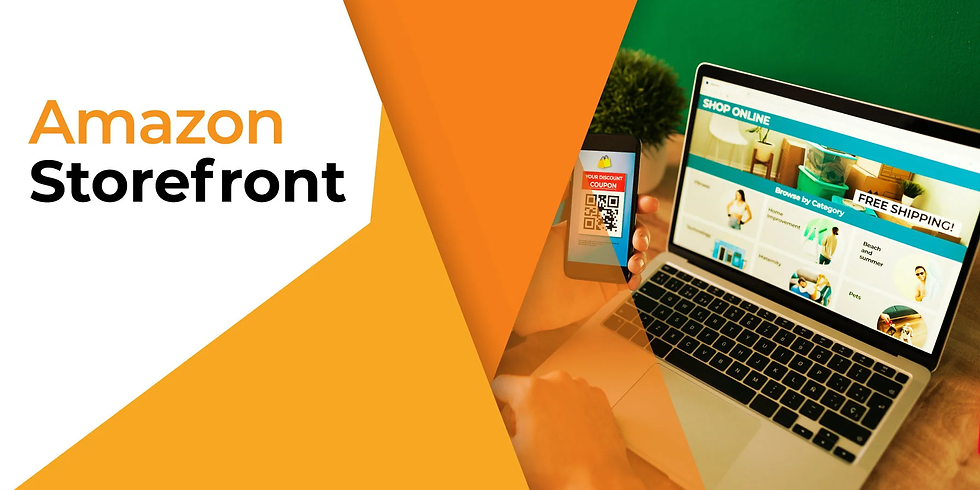2D and 3D Animation: Bringing Ideas to Life in the Digital Era
- Search Optimax
- 4 days ago
- 3 min read
Animation has become an inseparable part of our digital world. From movies and advertisements to e-learning platforms and mobile apps, animation helps brands and creators communicate stories in a way that text or static visuals simply cannot. Among all types of animation, 2D and 3D animation remain the most popular and powerful mediums for creative expression.
Both have their unique strengths, styles, and applications. Whether you are a business owner looking to promote your brand, a filmmaker bringing characters to life, or an educator designing interactive lessons, understanding the difference between 2D and 3D animation can help you choose the right style for your project.

What is 2D Animation?
2D animation is the art of creating movement in a two-dimensional space. It involves characters, objects, and backgrounds created in flat drawings. Classic cartoons like Tom and Jerry or Looney Tunes are perfect examples of 2D animation.
Features of 2D Animation:
Flat, two-dimensional visuals.
Hand-drawn or digitally created using software like Adobe Animate or Toon Boom Harmony.
Often simpler, faster, and more cost-effective than 3D animation.
Popular in explainer videos, advertisements, educational content, and cartoons.
What is 3D Animation?
3D animation involves creating objects and characters in a three-dimensional space. Unlike 2D, it allows for depth, realism, and lifelike movements. Modern films like Toy Story or video games like Fortnite showcase the power of 3D animation.
Features of 3D Animation:
Realistic visuals with depth and textures.
Created using software like Blender, Maya, or Cinema 4D.
Allows for dynamic camera movements and complex scenes.
Commonly used in films, gaming, medical visualization, and product design.
2D vs. 3D Animation: Key Differences
Feature | 2D Animation | 3D Animation |
Visual Style | Flat and cartoon-like | Realistic with depth and dimension |
Cost | Generally more affordable | More expensive due to complexity |
Production Time | Faster, depending on the project | Longer due to rendering and detailing |
Applications | Ads, explainers, cartoons, education | Movies, games, VR/AR, product design |
Flexibility | Limited movement and perspective | Complex camera angles and interactions |
Applications of 2D and 3D Animation
Where 2D Animation Shines:
Explainer videos for businesses.
Short advertisements for social media.
Educational materials and e-learning platforms.
Cartoon series and character-based storytelling.
Where 3D Animation Shines:
Feature films and visual effects.
Video game development.
Architecture and product design visualization.
Medical and scientific demonstrations.
Virtual reality (VR) and augmented reality (AR) experiences.
Benefits of 2D and 3D Animation
Benefits of 2D Animation
Cost-effective for startups and small businesses.
Faster turnaround times.
Versatile and easily shareable across digital platforms.
Nostalgic and simple appeal for storytelling.
Benefits of 3D Animation
More engaging and realistic.
Versatile for industries like healthcare, gaming, and entertainment.
Allows complex storytelling with immersive experiences.
Future-proof as AR and VR continue to grow.
Choosing Between 2D and 3D Animation
The choice depends on your goals, budget, and target audience:
Use 2D animation if you want simple, cost-effective explainer videos, social media ads, or educational content.
Use 3D animation if you’re creating films, product demos, or immersive experiences that require realism.
In some cases, businesses and creators even combine both to create hybrid animations that capture the best of both worlds.
The Future of 2D and 3D Animation
Animation is evolving rapidly with advancements in AI, VR, and AR technologies. Here’s what to expect:
AI-Driven Animation: AI tools are making animation faster and more accessible.
Virtual Production: 3D animation is being used in real-time filmmaking.
Interactive Learning: 2D animation remains strong in e-learning platforms.
Hybrid Storytelling: The combination of 2D and 3D will grow for creative flexibility.
Final Thoughts
Both 2D and 3D animation are powerful storytelling tools, each with its unique advantages. While 2D is simple, cost-effective, and timeless, 3D is dynamic, realistic, and immersive. The right choice depends on your project’s goals and audience expectations.
In 2025 and beyond, animation will continue to bridge the gap between imagination and reality—helping businesses, educators, and creators bring ideas to life in extraordinary ways.



Comments